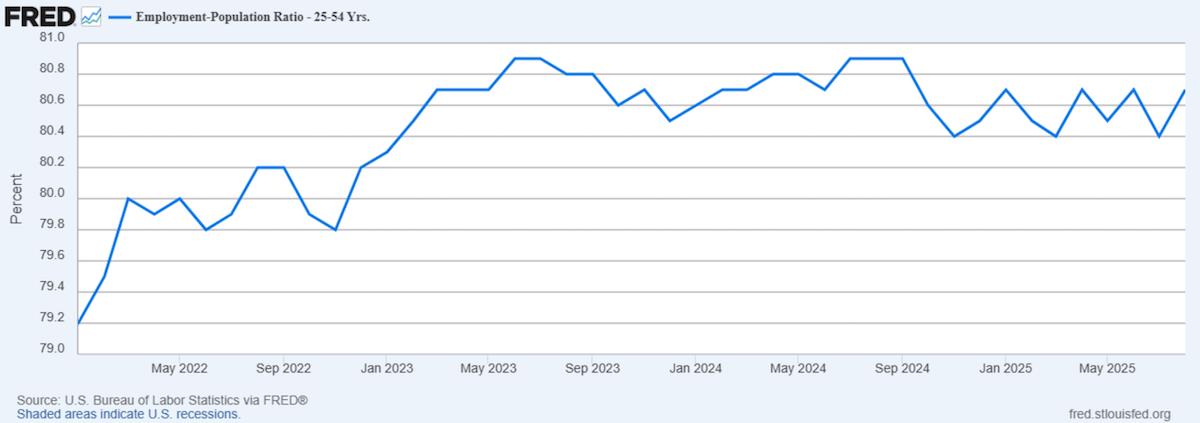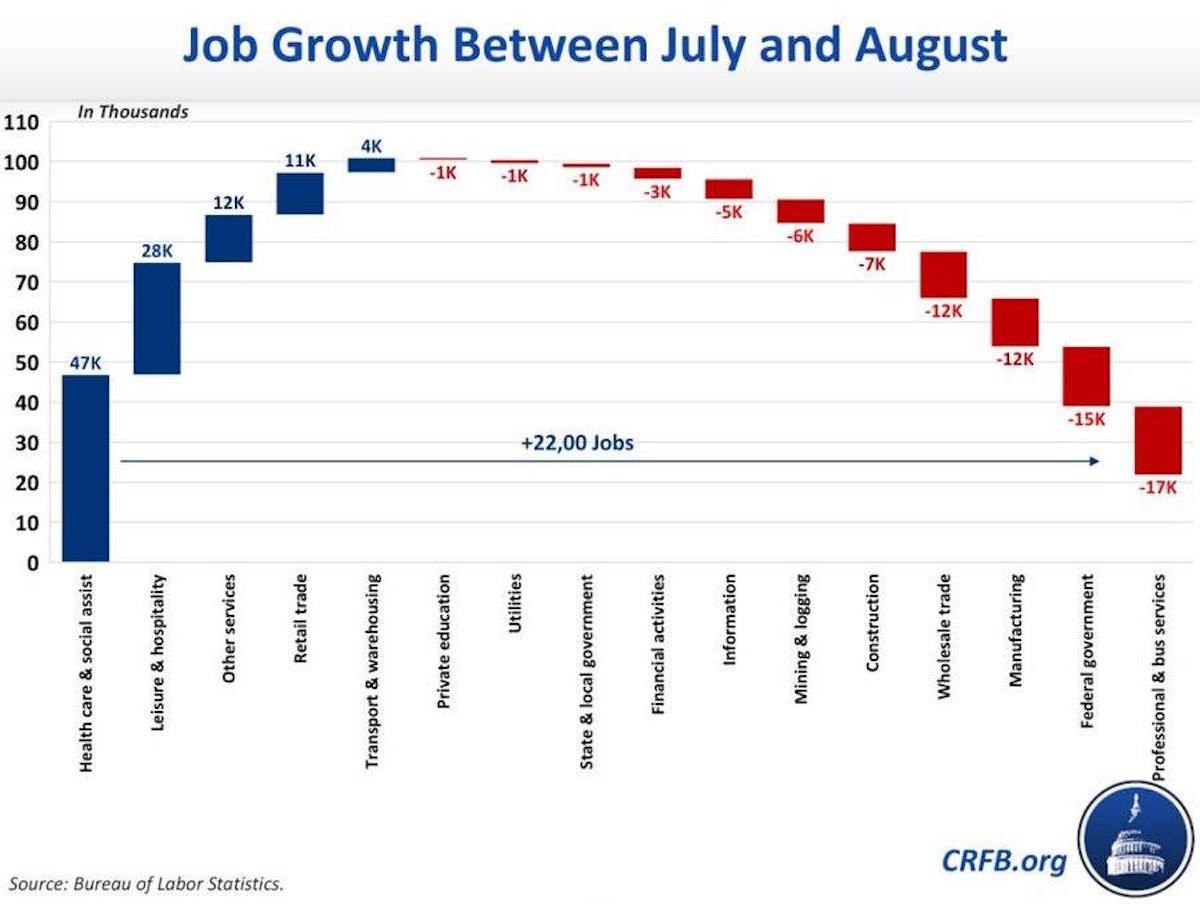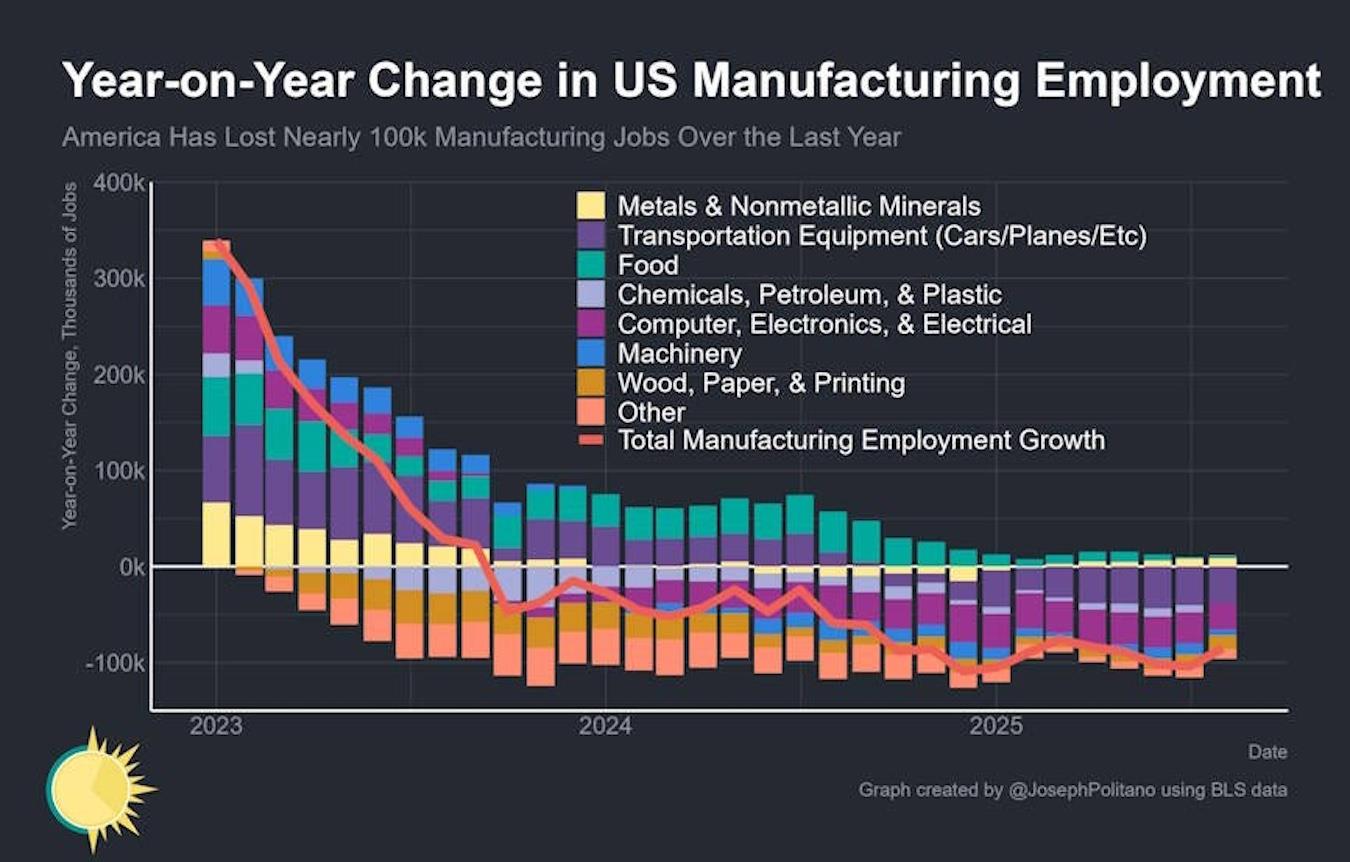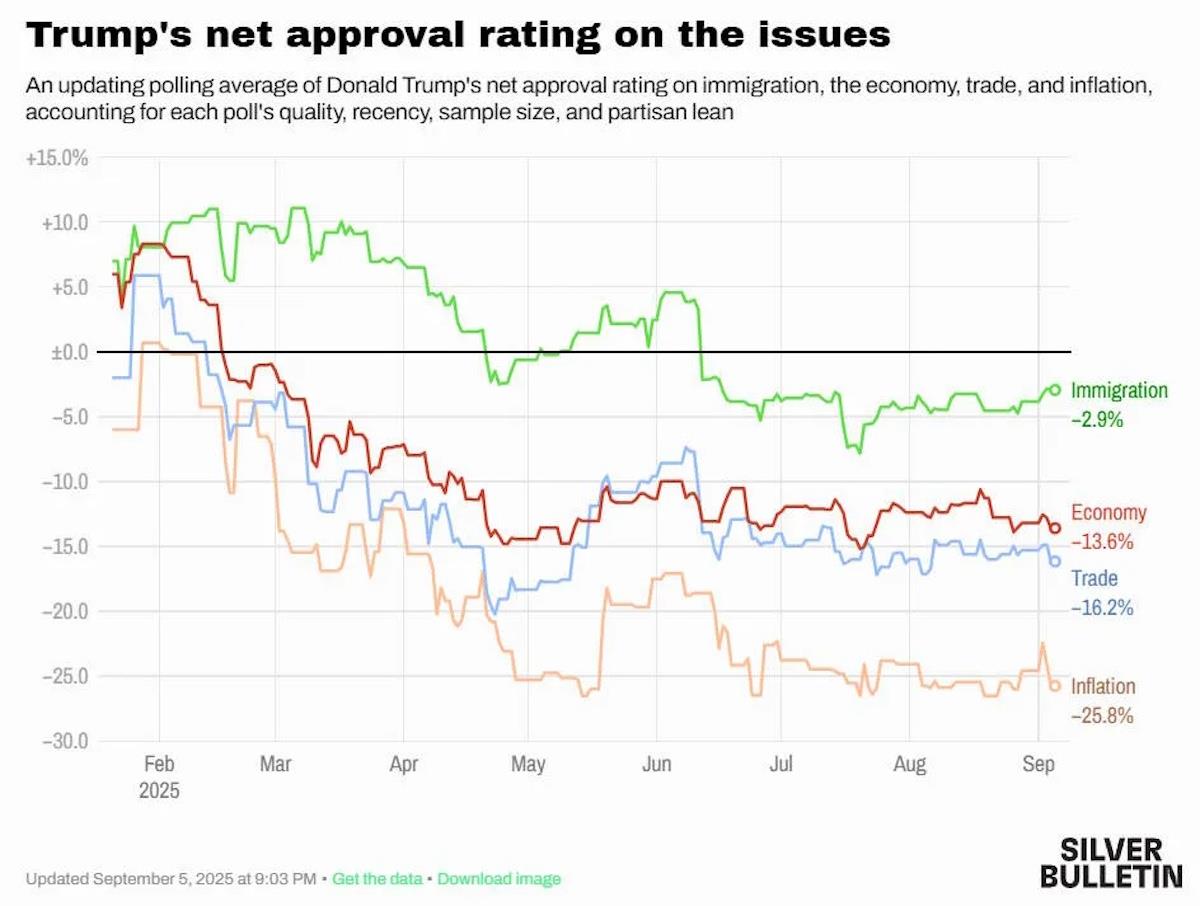Americans Are Getting The Economy They Voted For
Fortunately, the header image at the top of this post is not a picture of where the US economy stands today; it's not yet a sinking ship. But with the real economy looking shaky and inflation persistently above target, things are not looking great.
The worst news, however, is that the people in charge of the economy don't look like they have any desire to right the ship; instead, they're the ones who caused the problems in the first place, and they seem to have every intention of doubling down.
First let's talk about some of the latest numbers. We basically want our economy to do two things: 1) give everyone a job with a good income, and 2) keep prices stable.
In other words, the“macroeconomy” can basically be boiled down to the labor market and inflation. Economic growth is important, but mainly because it makes everyone have a job and makes wages go up - in other words, when we say“the real economy”, we mean growth and the labor market, which are really the same thing.
There's not much action on the economic growth front - at least, so far. Growth has been kind of slow under Trump, but not in recession territory, and Q2 was actually slightly better than Q1:
But growth numbers only come out once every three months, while lots of labor market data comes out monthly. So if we want a more up-to-the-minute picture of how the economy is doing, we should look at things like job growth and the unemployment rate.
The unemployment rate just came out, and it's slowly rising. It's still low in historical terms, at less than 5%, but it's creeping steadily up:
A better measure of the overall health of the labor market is the prime-age employment rate (also called the“employment-population ratio”), which doesn't depend on who says they're looking for a job. As of August, it was still at very high levels, just a little bit lower than it was in 2024:

So that's not too worrying, yet. But we have another source of data about jobs, which is a survey measuring how many jobs employers add each month - the“jobs numbers” that you always see reported in the media. The August numbers just came in, and they don't look too hot :
In fact, job growth has been weak since Trump started announcing big tariffs on“Liberation Day” back in April:
Now, one possible reason we could have slow job growth with stable employment levels is that Trump could be forcing a bunch of illegal immigrants out of the country. If you don't care about jobs for illegal immigrants, then maybe that wouldn't bother you. But the native-born unemployment rate has been creeping up as well:
And jobs for the native-born, which had been rising a bit, took a tumble in August as well.
Also, when we look at which industries are seeing weak job numbers, a lot of them don't look like the type of industries you'd expect to employ a lot of illegal immigrants:

Source: Heather Long

Legal Disclaimer:
MENAFN provides the
information “as is” without warranty of any kind. We do not accept
any responsibility or liability for the accuracy, content, images,
videos, licenses, completeness, legality, or reliability of the information
contained in this article. If you have any complaints or copyright
issues related to this article, kindly contact the provider above.
Market Research

- Gas Engine Market Analysis: Strong Growth Projected At 3.9% CAGR Through 2033
- Daytrading Publishes New Study On The Dangers Of AI Tools Used By Traders
- Excellion Finance Launches MAX Yield: A Multi-Chain, Actively Managed Defi Strategy
- United States Lubricants Market Growth Opportunities & Share Dynamics 20252033
- ROVR Releases Open Dataset To Power The Future Of Spatial AI, Robotics, And Autonomous Systems
- Blackrock Becomes The Second-Largest Shareholder Of Freedom Holding Corp.
























Comments
No comment